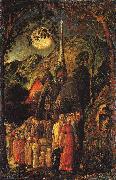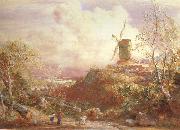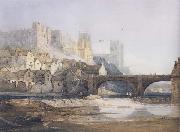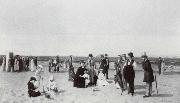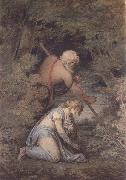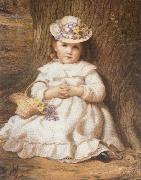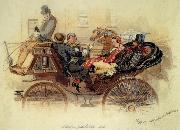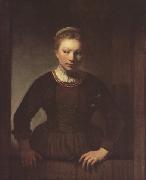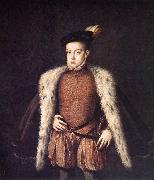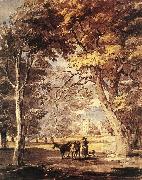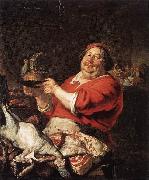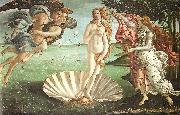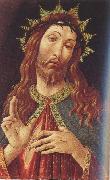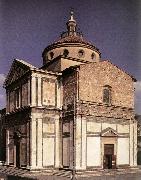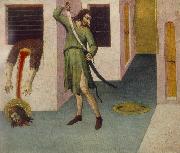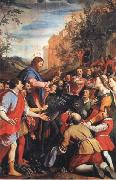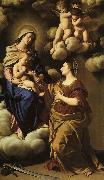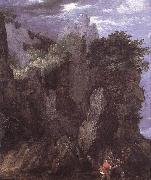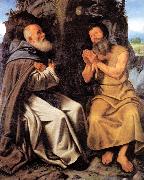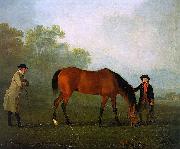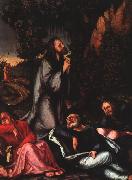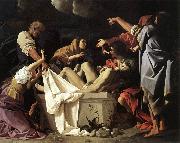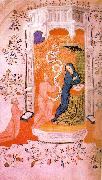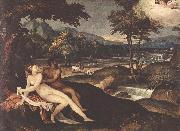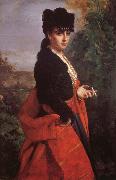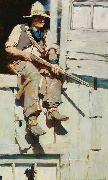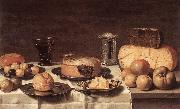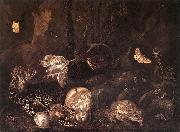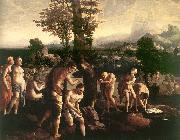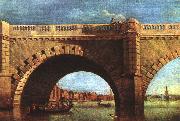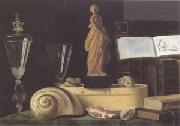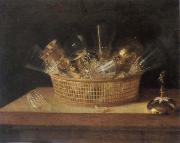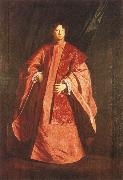|
|
|
|
|
|
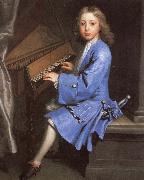 |
samuel pepys
|
|
Born: 23 February 1633
Birthplace: London, England
Died: 16 May 1703
Best Known As: Author of Samuel Pepys' diaries
|
|
|
|
|
|
|
|
|
|
|
|
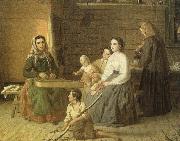 |
samuel taylor coleridge
|
|
Born: 21 October 1772
Birthplace: Devonshire, England
Died: 25 July 1834 (heart attack)
Best Known As: The author of The Rime of the Ancient Mariner |
|
|
|
|
|
|
|
|
|
|
|
|
|
|
|
|
|
 |
Sanford Gifford
|
|
(July 10, 1823 C August 29, 1880) was an American landscape painter and one of the leading members of the Hudson River School. Gifford's landscapes are known for their emphasis on light and soft atmospheric effects, and he is regarded as a practitioner of Luminism, an offshoot style of the Hudson River School.
|
|
|
|
|
|
|
|
|
|
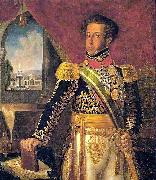 |
Santo angelo
|
|
(November 29, 1806 e December 30, 1879) was a Brazilian Romantic writer and painter, as well as an architect, diplomat and professor. He is patron of the 32nd chair of the Brazilian Academy of Letters.
Porto-alegre was born Manuel Jose de Araejo in Rio Pardo, to Francisco Jose de Araejo and Francisca Antônia Viana. He would change his name to Manuel de Araejo Pitangueira during the independence of Brazil, due to nativist causes. Later on, he finally changed it to its definitive form: Manuel de Araejo Porto-alegre.
In 1826, he moved to Rio de Janeiro, in order to study painting with Jean-Baptiste Debret at the Escola Nacional de Belas Artes. He also studied at what is now the Academia Militar das Agulhas Negras and took a Medicine course and Philosophy. In 1831, he left Brazil along with Debret to Europe, in order to improve his painting techniques. In 1835, he went to Italy, where he met Gonçalves de Magalhães, another Brazilian poet. He and Magalhães would create in France, in the year of 1837, a short-lived magazine named Niterei, alongside Francisco de Sales Torres Homem. Also in 1837, he becomes history painting teacher at the Escola Nacional de Belas Artes, in a post that would last until 1848, when he would become a drawing teacher at the Academia Militar das Agulhas Negras, and starts doing his first caricatures. In 1838, he married Ana Paulina Delamare, having with her two children: Carlota Porto-alegre (the future wife of painter Pedro Americo) and future diplomat Paulo Porto-alegre.
In 1840 he is named the official painter and decorator of Emperor Pedro II's palace. He decorated the imperial palace in Petrepolis, the wedding of Pedro II with Teresa Cristina of the Two Sicilies and the aforementioned emperor's coronation. He was decorated with the Order of Christ and the Order of the Rose.
Reuniting with Gonçalves de Magalhães and Torres Homem, he founded a periodic named Minerva Brasiliense, that lasted from 1843 to 1845. He would publish in this periodic his poem Brasiliana. In 1844, alongside Torres Homem, he founded the humoristic magazine Lanterna Megica, where he published his caricatures.
In 1849, Porto-alegre founded the magazine Guanabara, alongside Joaquim Manuel de Macedo and Gonçalves Dias. The magazine, considered the official journal of the Romantic movement in Brazil, lasted until 1856.
|
|
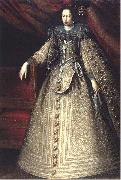 |
Santo Peranda
|
|
(1566-1638) was an Italian painter of the late-Renaissance period.
He was a pupil of the painter Leonardo Corona and later Palma il Giovane. Also known as Santa Peranda. He painted a Descent from the cross for San Procolo in Venice. He painted The defeat of the Saracens for the Ducal Palace of Modena. He painted the Gathering of the Manna for the church of the San Bartolome. In 1623 he finished Glorious Mysteries for the church of San Nicole in Treviso. Among his pupils were Francesco Maffei, Matteo Ponzone, and Filippo Zaniberti.
|
|
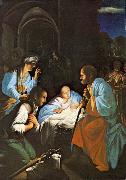 |
SARACENI, Carlo
|
|
Italian painter, Roman school (b. 1579, Venezia, d. 1620, Venezia).
|
|
 |
Sarah Miriam Peale
|
|
(Philadelphia, Pennsylvania, May 19, 1800 - February 4, 1885, Philadelphia) was an American portrait painter, one of the notable family of artists descended from the miniaturist and still-life painter James Peale, who was her father. She is noted as a portrait painter, mainly of politicians and military figures. Lafayette sat for her four times.
Sarah was James Peale's youngest daughter and was trained by her father, and uncle Charles Willson Peale. She served as a studio assistant to her father. Her first public works date from 1816 with subjects such as flowers and still-life but soon turned to portraiture, In 1818, she spent three months with Rembrandt Peale, her cousin, in Baltimore, and again in 1820 and 1822. He influenced her painting style and subject matter. For 25 years, she painted in Baltimore (1822-47) and, intermittently, in Washington, D.C.
She was accepted to the Pennsylvania Academy of Fine Arts in 1824 along with her sister Anna Claypoole Peale, the first women to achieve this distinction. Over 100 commissioned portrait paintings are known from her time in Baltimore and she was the most prolific artist in the city during that era. Her subjects were wealthy Baltimore residents and politicians from Washington DC. |
|
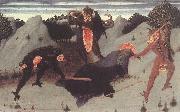 |
SASSETTA
|
|
Italian Early Renaissance Painter, ca.1390-1450 |
|
|
|
|
|
|
|
|
|
 |
Scarsellino
|
|
(1550 (or 1551) - 1620), was an Italian Late-Renaissance - Mannerist painter of the School of Ferrara. He was born and died in Ferrara; however, he traveled and worked extensively across Italy, encountering many influences. He was born to an artist father, the less-talented Sigismondo Scarsella. Apparently he lived in Venice for 4 years around 1570, though it is not known if he was affiliated to a particular studio. His early works show the influences of various contemporary styles and painters including the venetian schools and locally Dosso Dossi.
A number of his works now are at the Galleria Borghese in Rome, The Bathing Venus, Diana and Endymion and Venus and Adonis. Scarsellino worked alongside the brothers Carracci in the Palazzo dei Diamanti in Ferrara. However, unlike the Carracci, Scarsellino's paintings have a decorative quality, and lack monumentality. World War II bombing of Dresden destroyed two of his paintings: Flight into Egypt and Holy Family at Work.
|
|
|
|
|
|
|
|
|
|
|
|
|
|
|
|
|
|
|
|
|
|
|
|
|
|
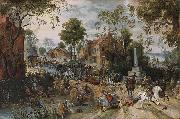 |
Sebastiaen Vrancx
|
|
(22 January 1573 - 19 May 1647) was a Flemish Baroque painter and etcher of the Antwerp school.
He was an apprentice in the workshop of Adam van Noort, who also trained many illustrious painters such as Peter Paul Rubens, Jacob Jordaens and Hendrik van Balen. He also visited the workshop of the Antwerp painter Paul Bril in Rome around 1600.
He was esteemed as one of the main painters of battle scenes, and works by Vranckx were in the collection of Peter Paul Rubens. As a collaborator he worked at times with Jan Brueghel the Elder. and together with Rubens, Frans Francken the Younger, van Balen, Frans Snyders and Joos de Momper the Younger on the Allegory of the Senses, two works commissioned on the occasion of the archduke Albert of Austria's visit to Antwerp. His best-known student is Pieter Snayers.
Most of his pictures represent biblical scenes or scenes of war, such as the sack of towns, cavalry combats, genre paintings and allegorical subjects. Though occasionally vigorous in drawing, his paintings are dull and heavy in tone.
He was at the same time a writer of poetry, comedies and tragicomedies for the chamber of rhetoric De Violieren. He was served as dean of the Antwerp painters' Guild of St. Luke, and was a district head and captain of the militia.
His works can be found in the Royal Museum of Fine Arts in Antwerp, Groeninge Museum in Bruges (both in Belgium) and the Noordbrabants museum in 's-Hertogenbosch and the Rijksmuseum in Amsterdam (the Netherlands). He is also represented with several drawings or paintings at the Hermitage in Saint Petersburg, the Harvard University Art Museums, the Louvre, Paris and several other museums.
|
|
|
|
|
|
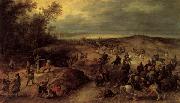 |
Sebastian Vrancx
|
|
Flemish Baroque Era Painter ,
b. 1573, Antwerpen, d. 1647, Antwerpen
|
|
|
|
|
|
|







